|
Alf Layla wa Layla is one of the most well-known songs by Um Kultum, and one of the most famous belly dance songs of all time. Do you know what it means? The song Alf Layla wa Layla is ubiquitous both in the belly dance community and in the Arab world. Originally sung by Um Kulthum, this immortal classic has crossed language barriers and won the hearts of people all over the world. It is considered by some to be one of the best recordings ever made in music history. Since you've clicked on this article I assume you're already familiar with this song, so let's dig a little deeper into its background and meaning. Composer, Lyricist & Singer Alf Layla wa Layla (also spelled Alf Leilah wa Leilah, Alf Leila wa Leila, Alf Leyla wa Leyla, Alf Lela Wlela, among other variations) was composed in 1969 by Baligh Hamdi, a prominent Egyptian composer in the 1960's and 70's, written by Egyptian poet Morsi Jamil Aziz and sung by the legendary singer Um Kultum. Um Kulthum (1904? - 1975) Born "Fatima Ibrahim as-Sayed El-Beltagi" in Egypt, Um Kulthum was a poor girl from a rural town who grew up to become the most well-known Arab singer of her time, which she remains so to this date, even 45 years after her death. Due to her incredible vocal ability, style and fame she was given the title of "Star of the East." Her funeral in 1975 was attended by over 4 million Egyptians, and her music is still heard and recognized by Arabs all over the Middle East and around the world. Many of the most popular belly dance songs we hear today were originally sung by her. A Thousand and One Nights Alf Layla wa Layla means 1001 Nights, and it is one of Um Kulthum's most enduring songs. Here is a small piece of it translated, so you can understand its meaning: Oh beloved The night and the sky, and its stars and its moon Its moon and its night-time liveliness, and you and I Oh beloved, oh my life All of us, all of us experience love equally And love, how heart-aching it can be Love, how heart-aching it can be Love stays up with us to shower us with bliss And it says serenely to us Oh beloved, come let us dwell in the eyes of the night Come let us dwell in the eyes of the night And we'd say to the sun: come out, come out But only after a year from now And not before a year has passed For this is a beautiful night of love Worth a thousand and one nights more For what is a lifetime but a sole night just like tonight, just like tonight Tonight, just like tonight If you'd like a more complete translation, I highly recommend the 100 Songs Initiative video translation below, which includes the original words in Arabic as they are spoken, along with the transliteration and translation in English. Favorite Recordings The original recordings of Um Kulthum's music are typically 30-80 minutes long and are not meant to be danced to. However, they are still wonderful for us as belly dancers to listen to so that we can gain more appreciation and understanding for the music. For dance performances, we typically use much shorter and more modern renditions of the original classic compositions, and they can be purely instrumental or feature a vocalist. You can listen to a few of my favorite recordings of Alf Layla wa Layla below. Full Length Alf Layla wa Layla Sung by Om Kulthum Instrumental Version, Alf Layla va Laylah by Samir Instrumental Version, Alf Leyla Wa Leyla by Aziza Alf Leyla We Leyla as Sung by Sherine Do you love Alf Layla wa Layla? What version is your favorite? Share your thoughts in the comments below! Was This Post Helpful?If you liked this article, you can visit our blog map to find other posts about Middle Eastern music and dance and other related topics. Or subscribe to our newsletter, YouTube channel, Facebook and Instagram pages to be the first to see more content from us!
Happy learning, and happy dancing!
6 Comments
Karim Nagi's rendition of the American national anthem with Arabic musical instruments, rhythms and maqamat gives us the perfect opportunity to learn about Middle Eastern music while appreciating American diversity. Diversity, Receptivity and Inclusivity In the spirit of the 4th of July holiday, Egyptian American musician and folk dancer Karim Nagi shared with his fans his version of the Star Spangled Banner in celebration of America's highest ideal of diversity, receptivity and inclusivity. Star Spangled Banner by Karim Nagi : Arab American Edition As students and professionals of Middle Eastern dance, we do our art form justice by learning about and understanding Middle Eastern music. Here are some things you can learn with this piece: Instruments Buzuq (بزق; also spelled bozuq, bouzouk, buzuk) This long-necked string instrument was originally a folk instrument from the Levant region of the Middle East (Lebanon, Jordan, Syria and Palestine). Since the middle of the 20th century it has crossed over to mainstream Arabic music and become more common in traditional Arabic ensembles. Darbuka This goblet-shaped drum is the dominant percussive instrument in a lot of folk and pop Arabic music, and is also used to some extent in classical Middle Eastern music. In Egypt, this instrument is called a tabla. In the Levant, it is called a dirbakki or derbake. Riq (رق, also spelled riqq or rik) This small hand drum with brass cymbals is a type of tambourine that is used to play intricate rhythms and ornamentations in Middle Eastern music. It is another common and important percussive instrument in the Middle East. Rhythms All the rhythms used in this piece are extremely common in Middle Eastern dance, and therefore very much worth studying. Maqsum Rhythm (4/4) This lively rhythm is probably the single most common rhythm in Middle Eastern music! It is found in classical music, folk & beledi music, shaabi, pop, megeance, drum solos, and often! Here's the basic skeleton of the maqsum rhythm: Masmoudi Kebir Rhythm (8/4) This rhythm is appropriately-named the "big masmoudi" for its slower timing. When compressed into 4/4 it becomes a "small masmoudi," or masmoudi saghir. Here's the basic skeleton of the masmoudi kebir rhythm: Maqsum Rhythm (4/4) The maqsum rhythm occurs twice in this piece (see above). The second time around it is played a bit slower. Saidi Rhythm (4/4) This strong, earthy rhythm is similar to the maqsum, but has two "dums" halfway in. Here's the basic skeleton of the saidi rhythm: Wahda Rhythm (4/4) Wahda means "one" in Arabic, and it is said to be named as such because it has just one "dum" in the beginning. Here's the basic skeleton of the wahda rhythm: Fellahi Rhythm (2/4) This rhythm is basically a fast maqsum, played in a 2/4 time signature. "Fellah" or "fallah" means "country-folk" or "farmer" in Arabic, and is often associated with the people of the Nile Delta in Upper Egypt (although there are farmers in other regions as well). This rhythm is very common in that region, but is not exclusive to it. Here's the basic skeleton of the fellahi rhythm: Now can you indentify where all these rhythms occur in the video? Maqamat Maqamat (singular maqam) are arrangements of notes in Middle Eastern music. They are similar to scales in Western music, but much more complex because they include the scales, melodic phrases, modulations, ornamentations and more. They also evoke a specific mood. The maqamat used in this piece are suznak, bayati, saba, and huzam. What's your favorite aspect of Karim's video, or your favorite part of this song? Share your thoughts on the comments below! Was This Post Helpful?If you liked this article, you can visit our blog map to find other posts about Middle Eastern music and dance and other related topics. Or subscribe to our newsletter, YouTube channel, Facebook and Instagram pages to be the first to see more content from us!
Happy learning, and happy dancing! |
AuthorYamê is a Brazilian-American View Posts By CategoryIf you'd like to read more articles by Yamê or SharqiDance's guest authors, please view our blog map here.
Archives
January 2024
|

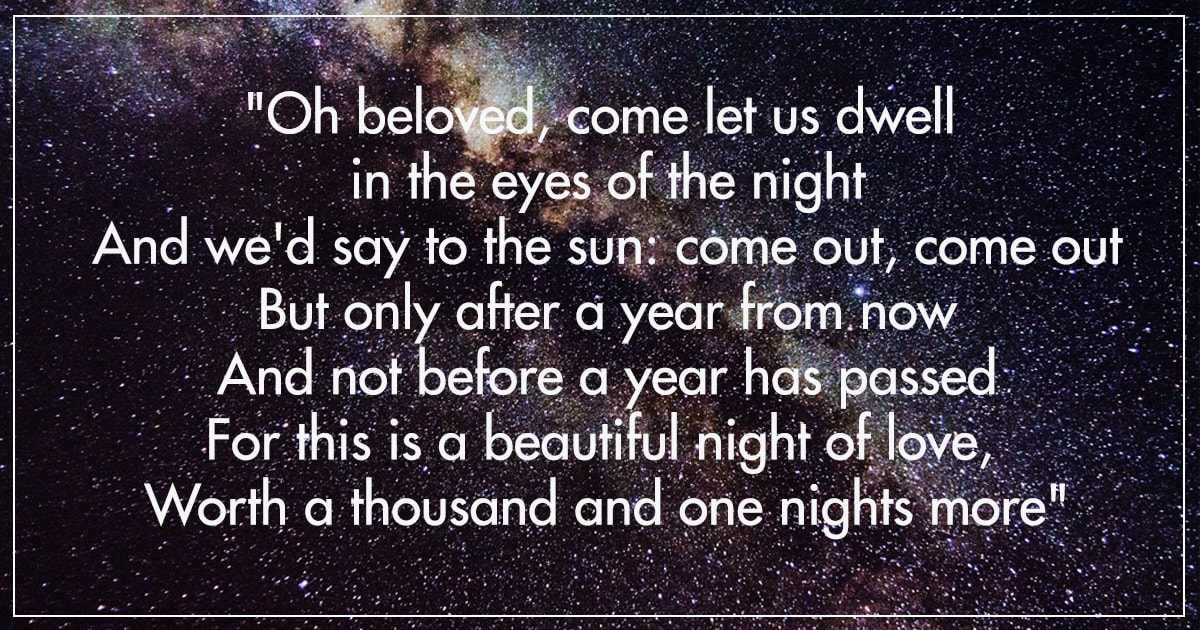
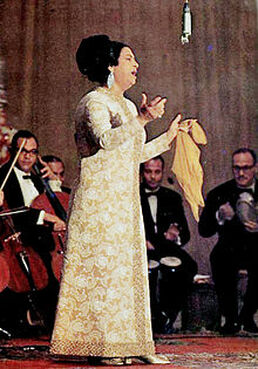
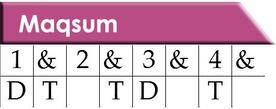

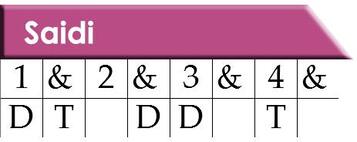
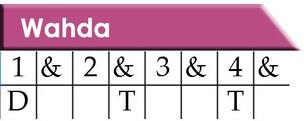
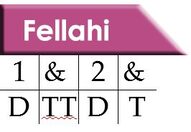
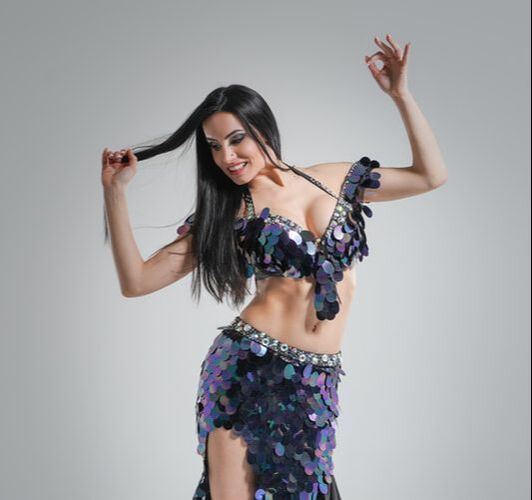
 RSS Feed
RSS Feed